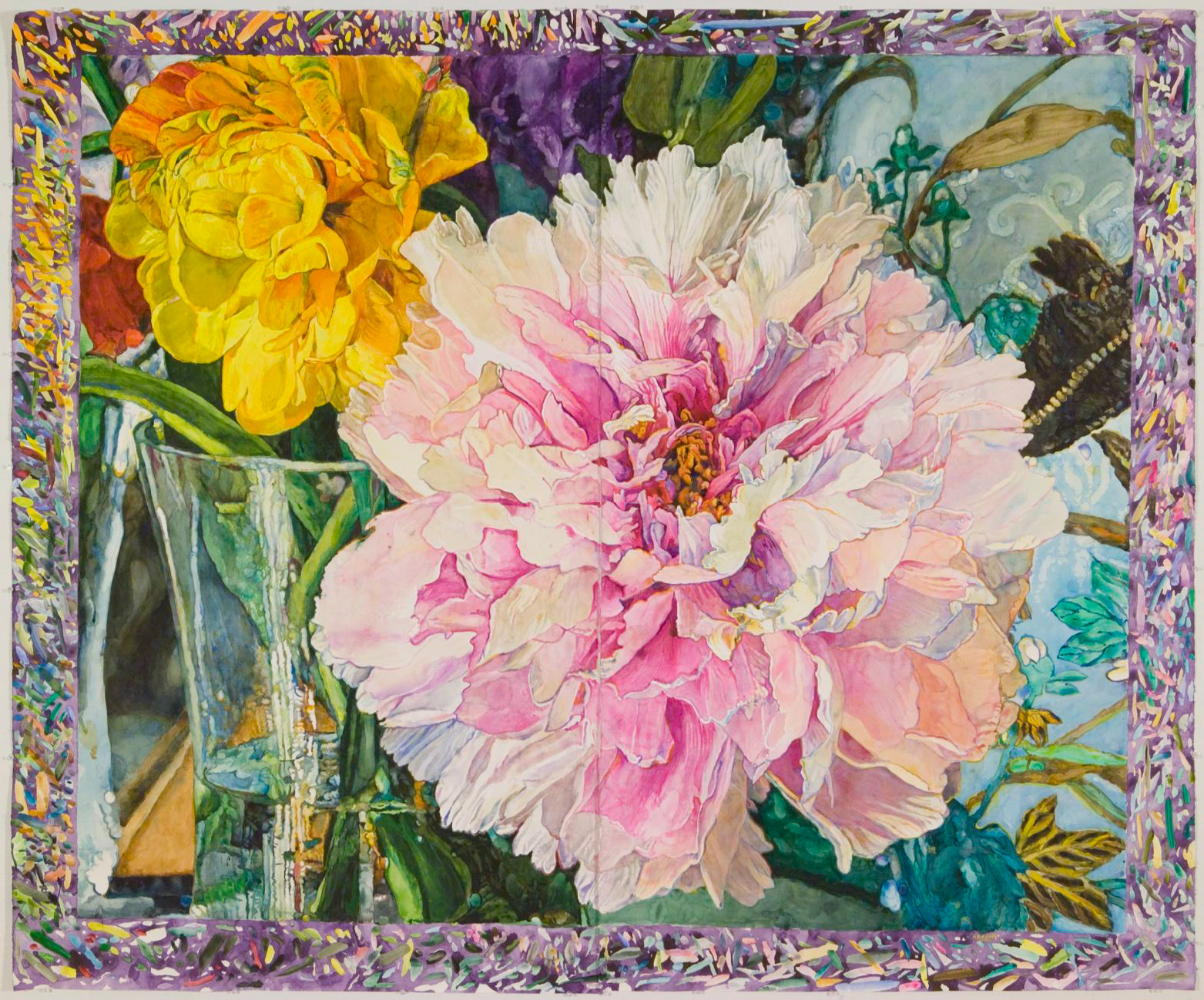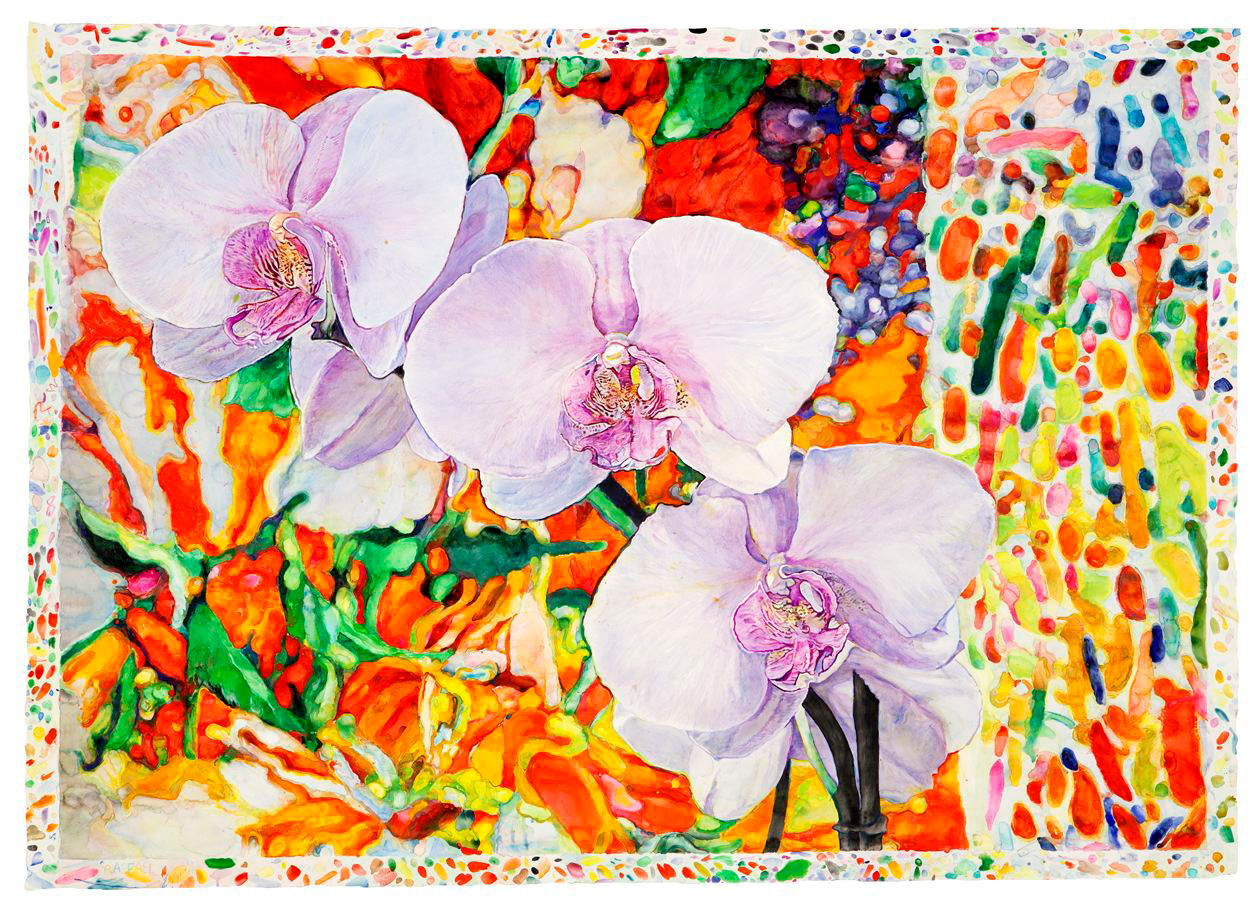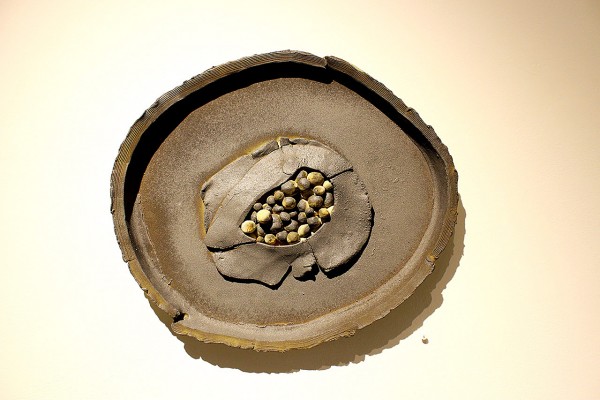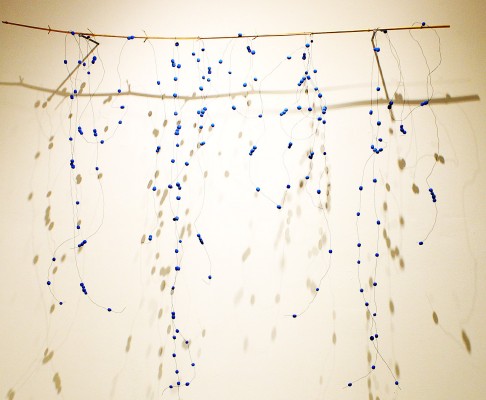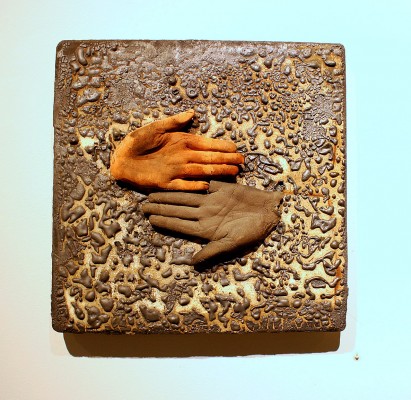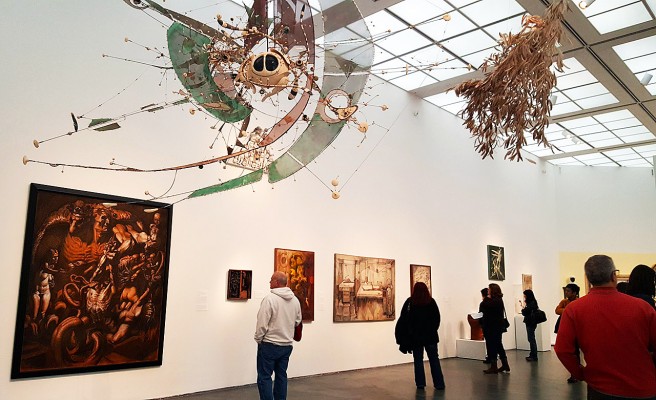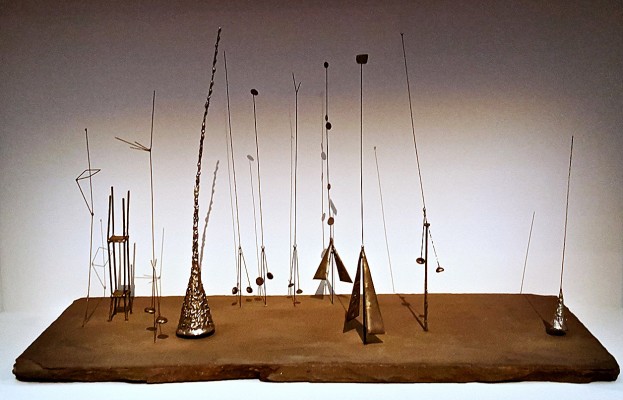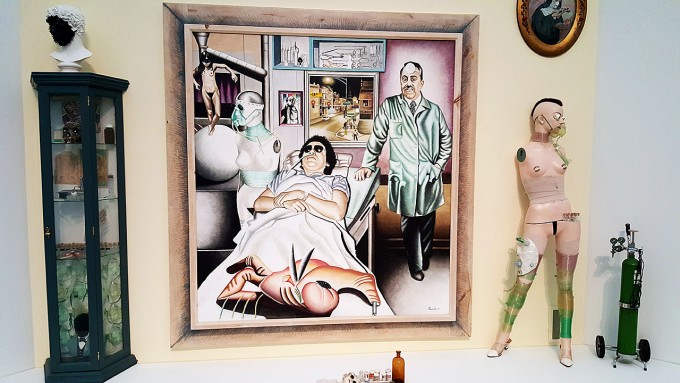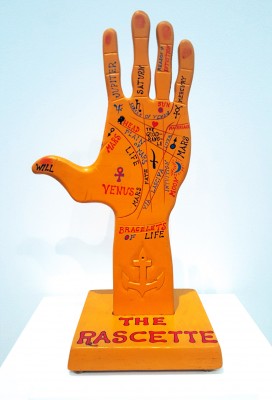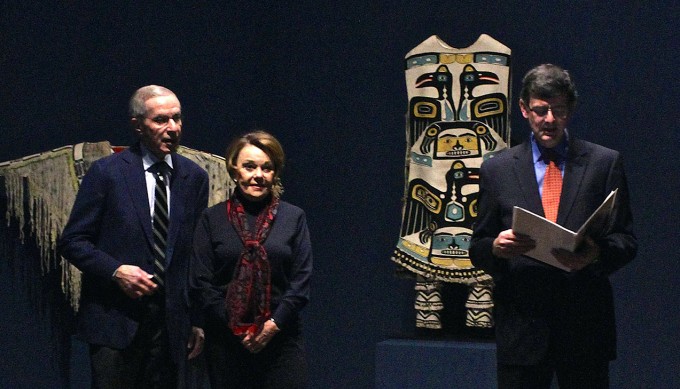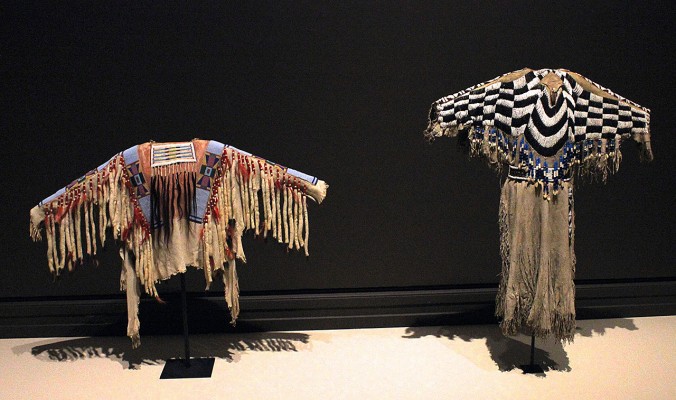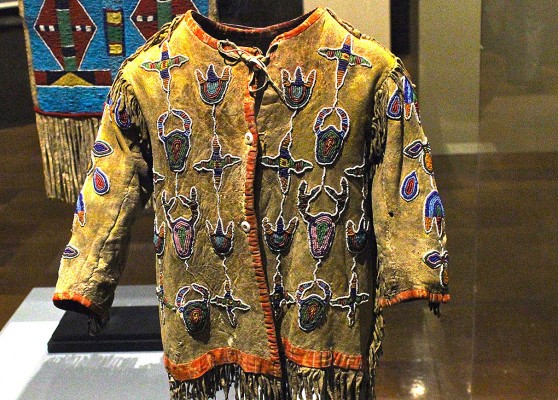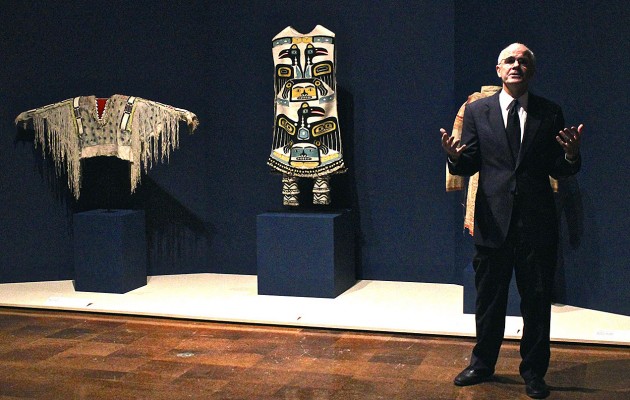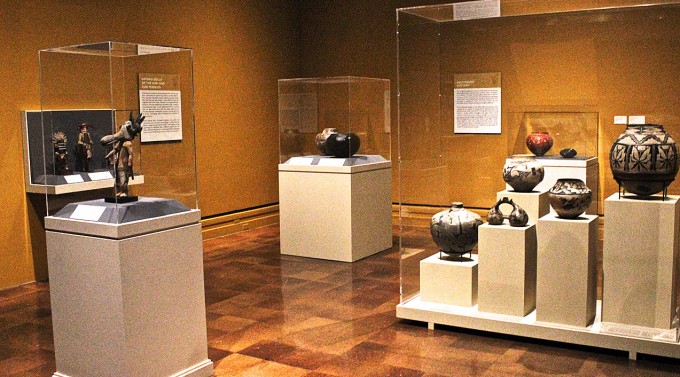Birmingham Bloomfield Art Center Hosts the 35th MFCA
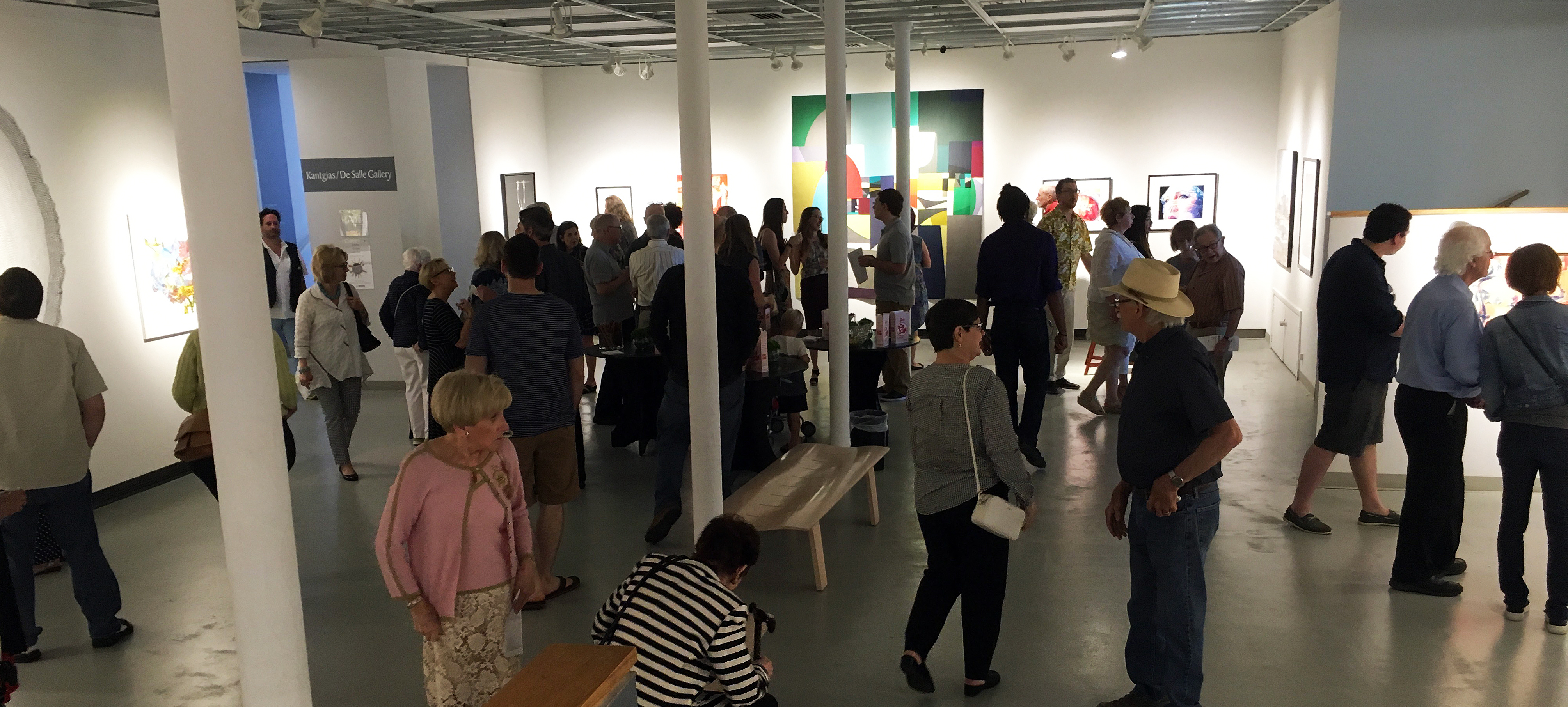
BBAC / MFAC Installation Image – Courtesy of DAR
The Michigan Fine Arts Competition (MFAC) exhibition opened June 24, 2016, and is one of the best they have had in their long existence, beginning in 1982. Not many know that the competition was previously held by the Detroit Institute of Arts, but with their demise of leadership in contemporary art, they were pleased to find a home at the Birmingham Bloomfield Art Center (BBAC). The key to this year’s success is Terence Hammonds; the juror selected to make this year picks. Originally from Cincinnati, Ohio, he attended the School of the Museum of Fine Arts, Boston for his BFA, and Tufts University for his MA. One of the factors that make this exhibition so exceptional is that it draws on a mid-west region, where more than 500 artists compete from Michigan, Ohio, Indiana, Illinois and Wisconsin.
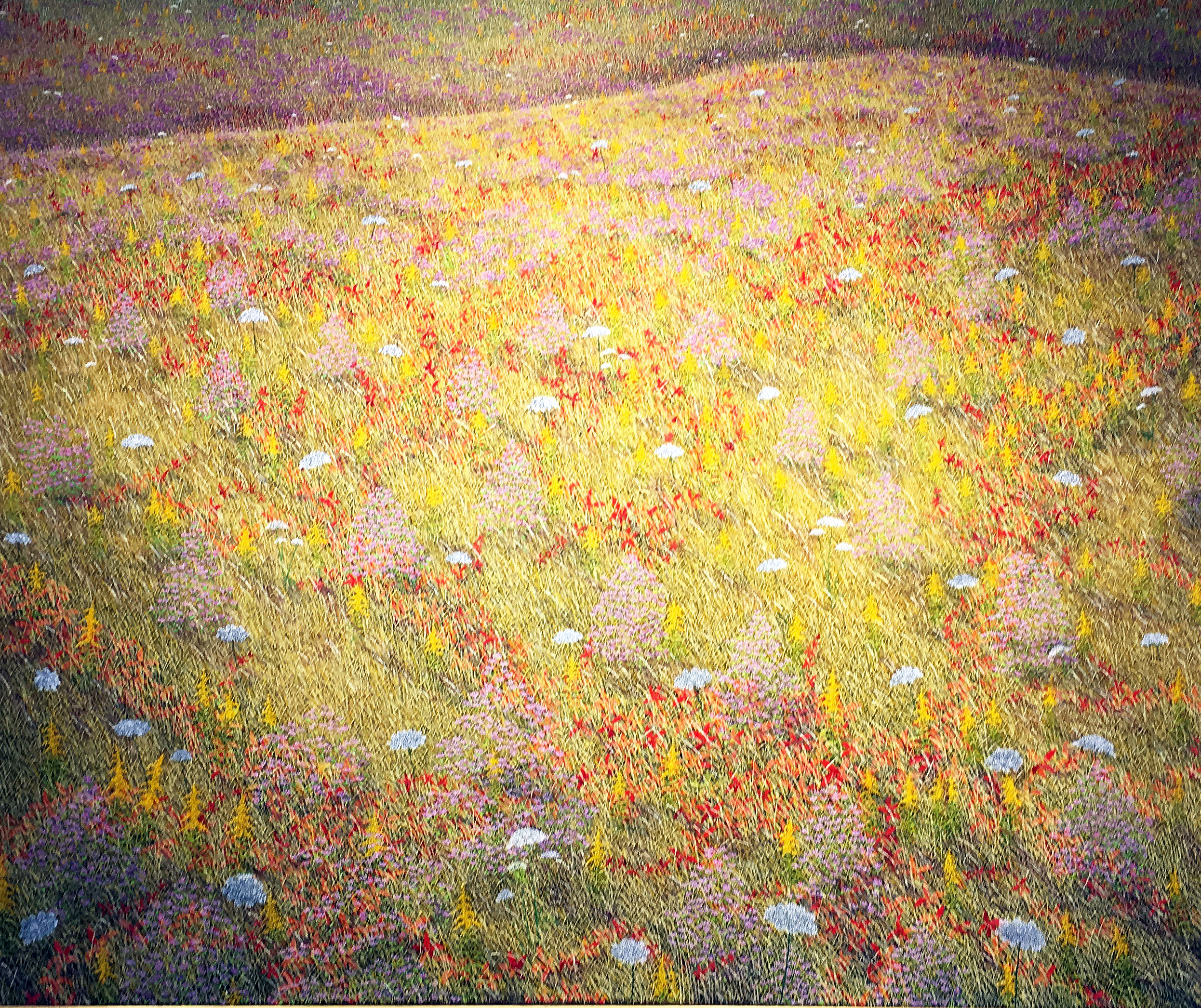
Gerald Moore, Late September Field, Oil on Canvas
Gerald Moore is an expressive landscape painter who holds an MA in painting from Central Michigan University. He says “I work opposite the Oriental painting philosophy that ‘less is more.’ ‘More’ is the engine of my work; ‘more’ is more.” His large landscape painting seems to draw on the landscape as a subject, but flirts with abstract field painting and gives us a little of both. Color field painting, championed by Clement Greenburg in the 1950’s characterized this expression as solid color creating an unbroken surface and flat picture plane. One might view the Wheat Fields of Van Gogh to see early examples.
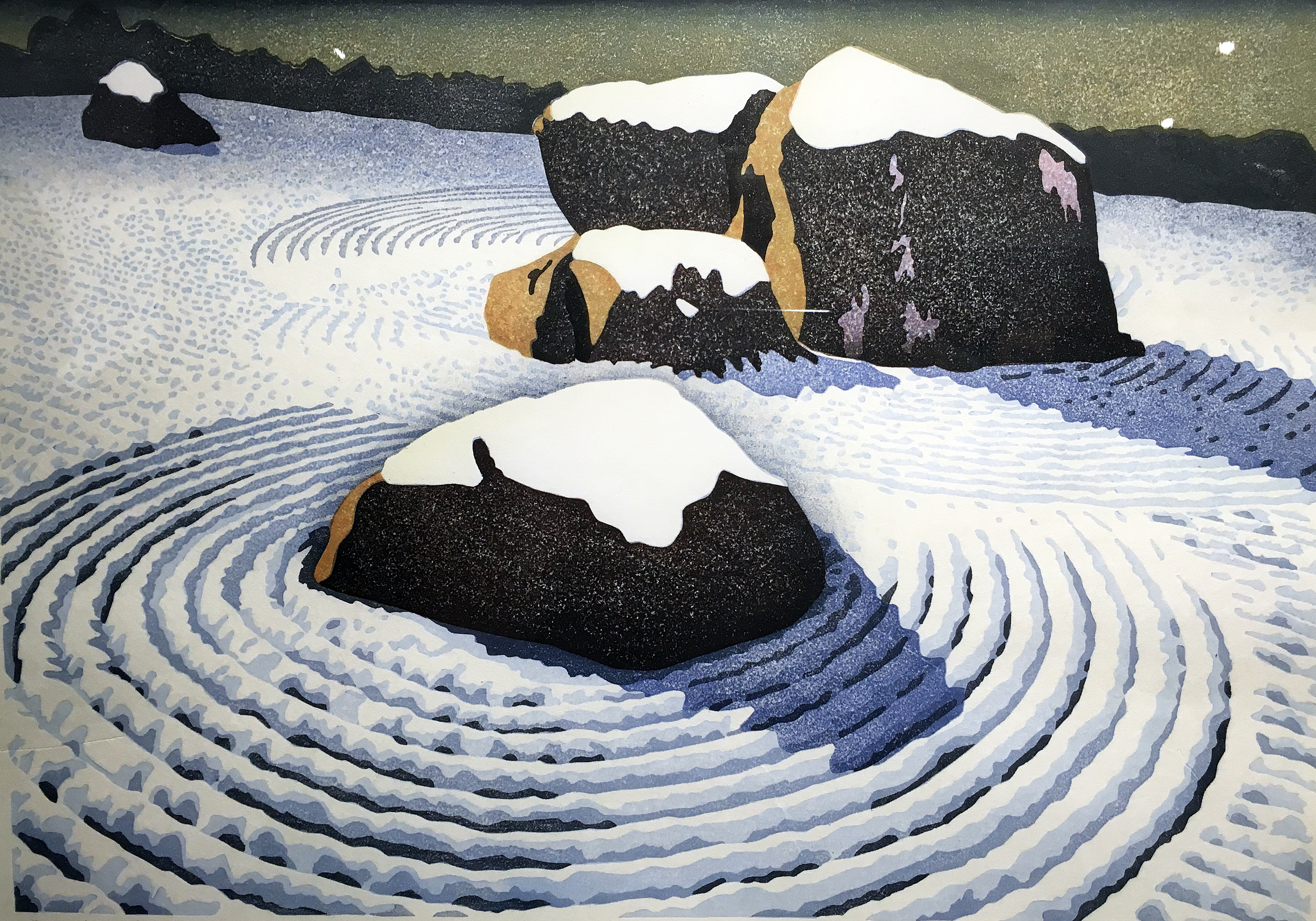
Mary Brodbeck, Blanket, Woodblock Print
Maybe it’s because we don’t see a lot of artists working with wood-cut printmaking, that this landscape with rings and melting snow is so attractive. She says in her statement “ Affected by my travel and study in Japan, notably by visiting traditional Japanese gardens, my landscape prints are carefully designed in abstract and stylized ways that are intended for viewers to have a contemplative experience. “ These Zen-like impressions made by the woodblock can transport the viewer to a place that blends design, craft and a spiritual aesthetic. Ms. Brodbeck holds a BFA from Michigan State University, and an MFA from Western Michigan University.

Mario Inchaustegui, Into the Unknown, Digital Print
Mario Inchaustegui’s digital print “Into the Unknown” draws purely on composition for its power and interest. The geometry along with perspective leads us to four figures on the edge of some type of a concrete pier. This middle school teacher at West Bloomfield Schools has been part of photo exhibitions in Metro Detroit, most recently at the Scarab Club.

Susan O’Connor, Can I Get Some Water, Clay
Susan O’Connor, who teaches hand-built ceramics at the BBAC, grabs the audience with a pop art object, that also carries a current social message. So, she got me with this Fire Hydrant from Flint, Michigan where the water has been contaminated by a decision leading to elements of lead in the water supply.
This exhibition has many generous prizes totaling $5800 and goes a long way to showcase artists in the Midwest. I will mention here that I usually stay away from covering these large competitive exhibitions, largely because they jury the work from jpegs, which makes the process more of a challenge. In this particular case, I give Mr. Hammonds a lot of credit for getting most of his decisions right. I have heard it many times, that it is the only practical way to conduct such a large undertaking, however when only viewing an image of an artwork, mistakes are made.
The 35th Annual Michigan Fine Arts Competition – June 24 – August 26




